Hibernation is a critical natural process for many turtle and tortoise species, allowing them to survive harsh winter conditions by entering a state of dormancy. When kept as pets, these remarkable reptiles still retain this evolutionary adaptation, but their hibernation requires careful human oversight to ensure it happens safely. Improper hibernation practices can lead to serious health issues or even death for these animals. This article provides comprehensive guidance for turtle and tortoise owners on how to prepare for, monitor, and manage hibernation successfully, helping your shelled companions emerge healthy and revitalized when spring arrives.
Understanding Why Turtles and Tortoises Hibernate
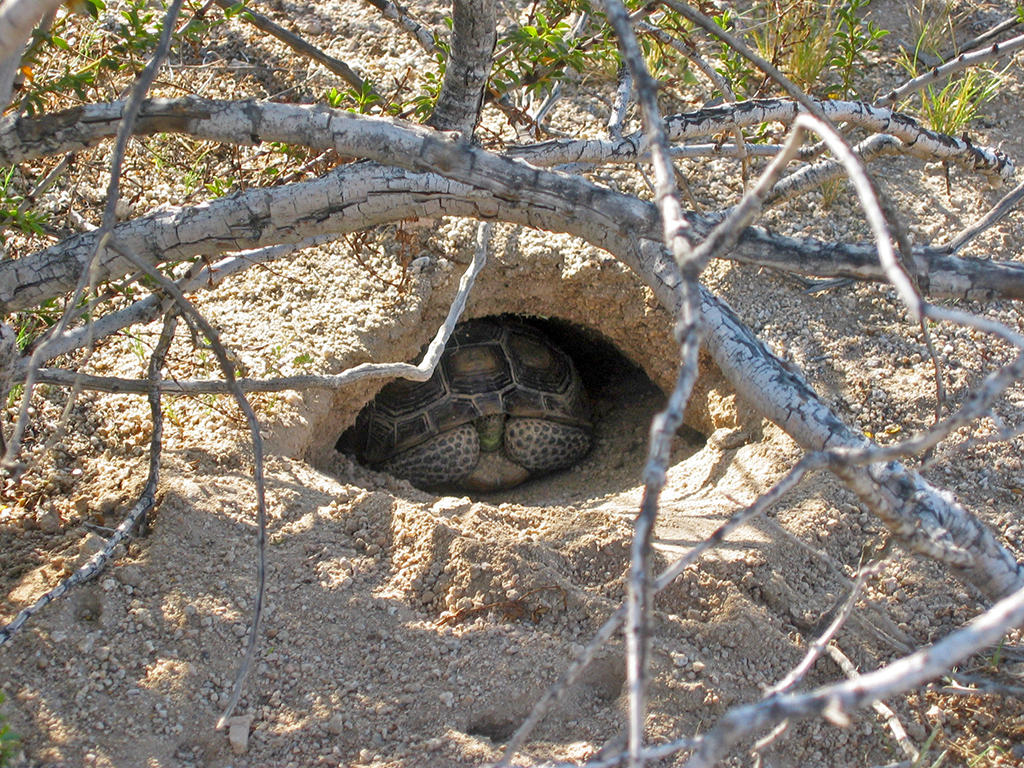
Hibernation, scientifically known as brumation in reptiles, is a physiological response to decreasing temperatures and reduced food availability. During this period, turtles and tortoises dramatically lower their metabolism, heart rate, and respiratory rate to conserve energy through the winter months. Not all species hibernate—tropical species typically don’t need to—but many temperate and desert species have evolved this survival mechanism. In the wild, these reptiles would naturally seek out protected locations underground, in leaf litter, or at the bottom of ponds to escape freezing temperatures. Understanding this natural process helps owners replicate appropriate conditions that support their pet’s biological needs during dormancy.
Determining If Your Species Needs to Hibernate
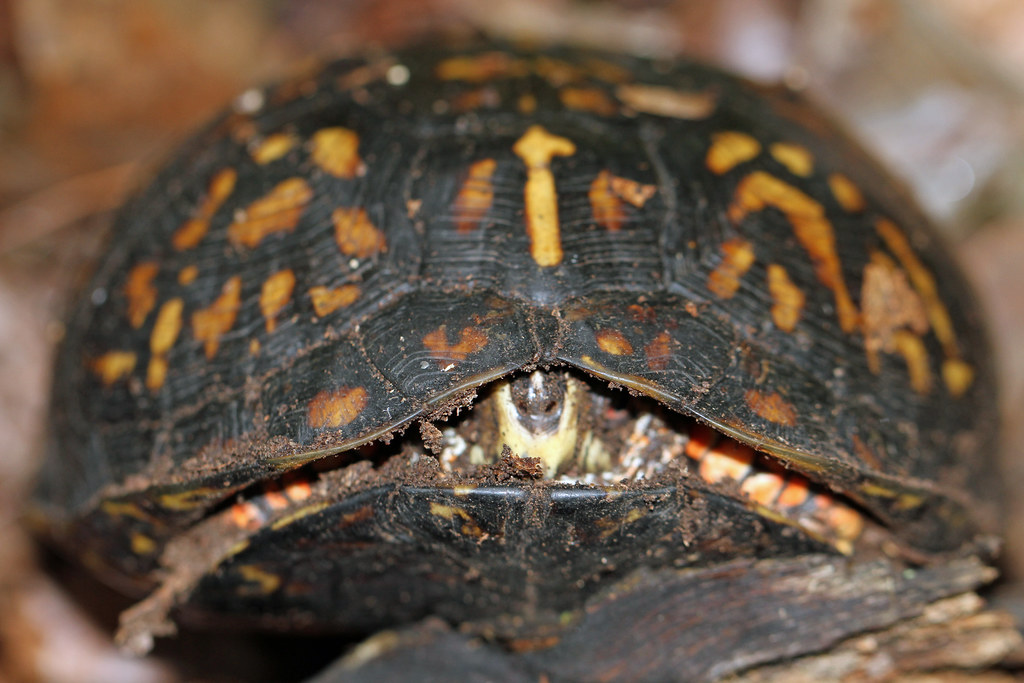
Not all chelonians require hibernation, and forcing the wrong species to hibernate can be fatal. Mediterranean tortoises like Hermann’s, Greek, and Russian tortoises typically hibernate, as do many temperate pond turtles such as Red-eared Sliders and Eastern Box Turtles. Tropical species like Red-footed Tortoises, Yellow-footed Tortoises, and African Spurred Tortoises should not hibernate and need warm temperatures year-round. Research your specific species carefully, consulting with an experienced reptile veterinarian if you’re uncertain. Some hobbyists and breeders choose to skip hibernation for certain species that would naturally hibernate, which can be acceptable if proper conditions are maintained, though this may impact breeding behavior for adult specimens.
Pre-Hibernation Health Assessment
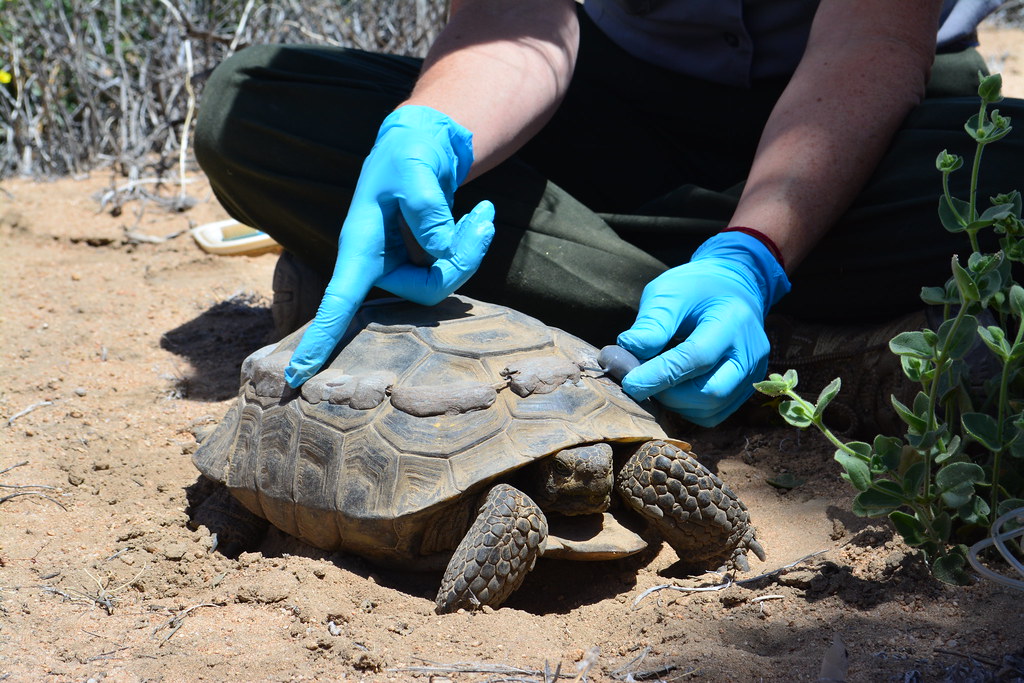
A thorough health check with a reptile-experienced veterinarian is absolutely essential before attempting hibernation. The vet should perform a physical examination, checking for signs of respiratory infections, parasites, or other health concerns that could become life-threatening during hibernation. Many specialists recommend fecal examinations to detect internal parasites that could multiply during hibernation when the animal’s immune system is suppressed. Weight assessment is particularly important, as underweight animals lack sufficient fat reserves to survive the hibernation period. Only animals in peak health should be hibernated; sick, injured, or underweight specimens should be kept awake through winter with appropriate heat and lighting conditions to allow them to recover.
Preparing the Digestive System
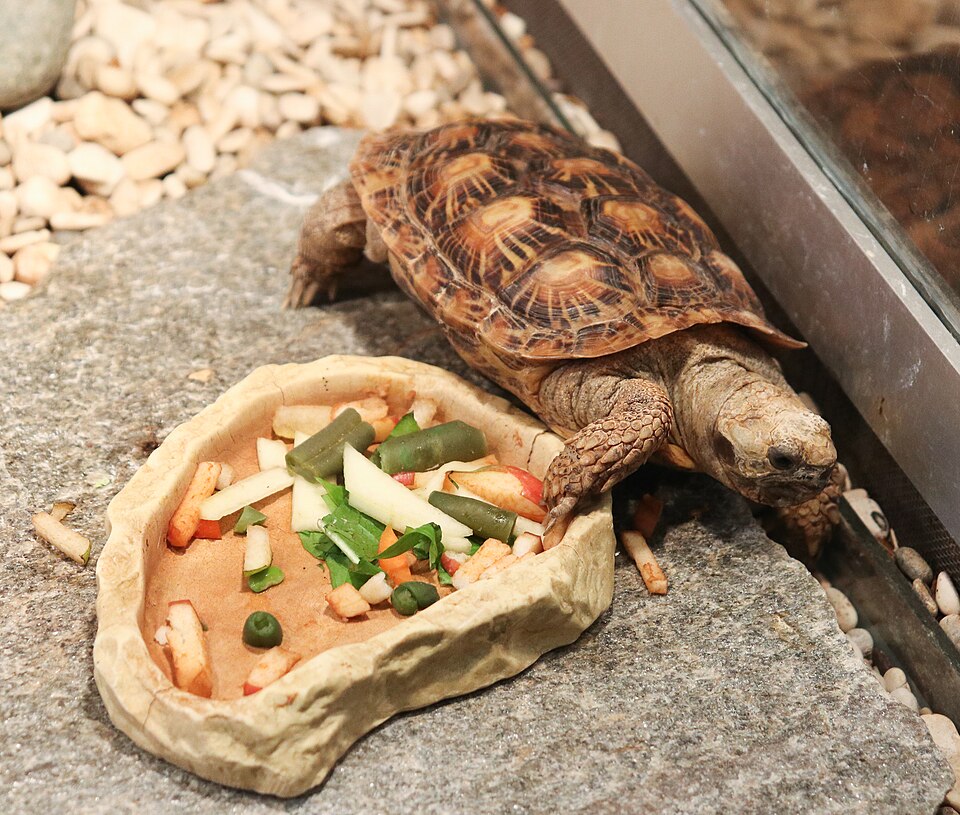
Proper preparation of the digestive tract is crucial for safe hibernation, as undigested food can rot inside the animal during dormancy, causing potentially fatal infections. Begin reducing feeding approximately three to four weeks before the planned hibernation start date. Two weeks before hibernation, stop food completely while maintaining hydration through regular warm water soaks. These soaks help stimulate bowel movements to clear the digestive tract. Many experienced keepers recommend multiple warm soaks in the final days before hibernation to encourage elimination. During this preparation period, maintain normal temperatures to ensure the digestive system functions efficiently enough to process any remaining food material.
Creating the Ideal Hibernaculum
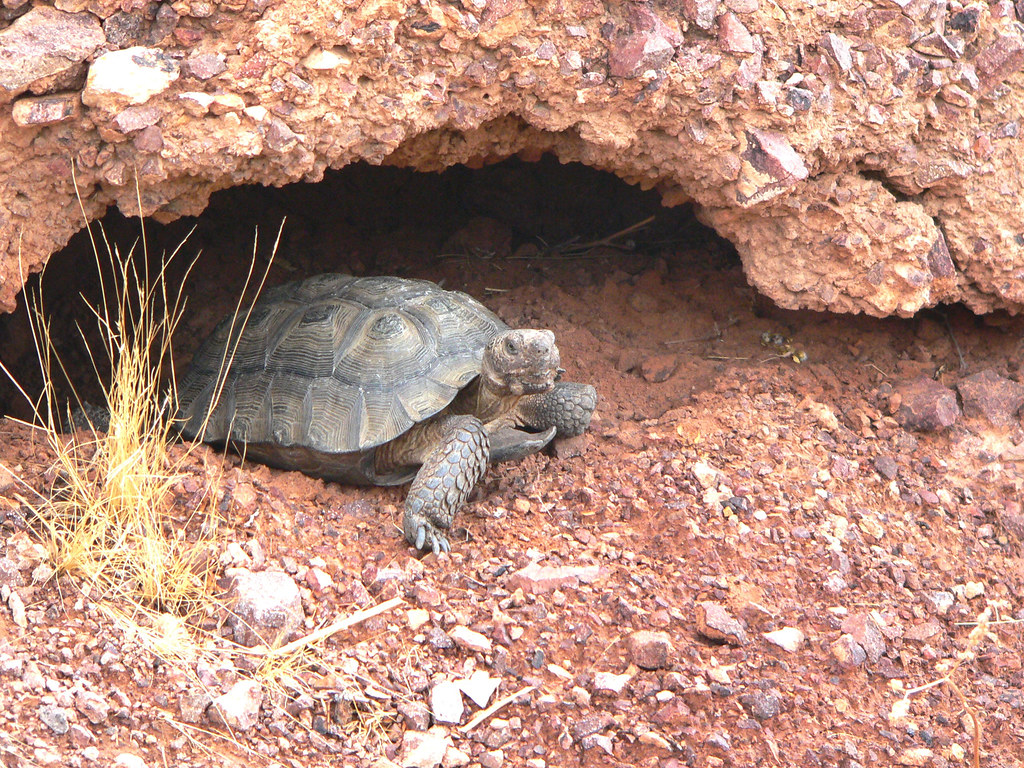
The hibernaculum—or hibernation chamber—must provide safe, stable conditions throughout the hibernation period. For terrestrial species, many keepers use specialized refrigerators dedicated solely to hibernation, as they provide excellent temperature control. Alternatively, well-insulated boxes filled with appropriate substrate can be placed in cool, stable environments like garages in temperate climates. Aquatic turtles may hibernate at the bottom of ponds (if deep enough not to freeze solid) or in refrigerators in containers with minimal water. The hibernaculum should protect against predators, temperature fluctuations, and excessive moisture or dryness. The container should be escape-proof but allow for adequate air exchange to prevent suffocation.
Choosing Appropriate Hibernation Substrate
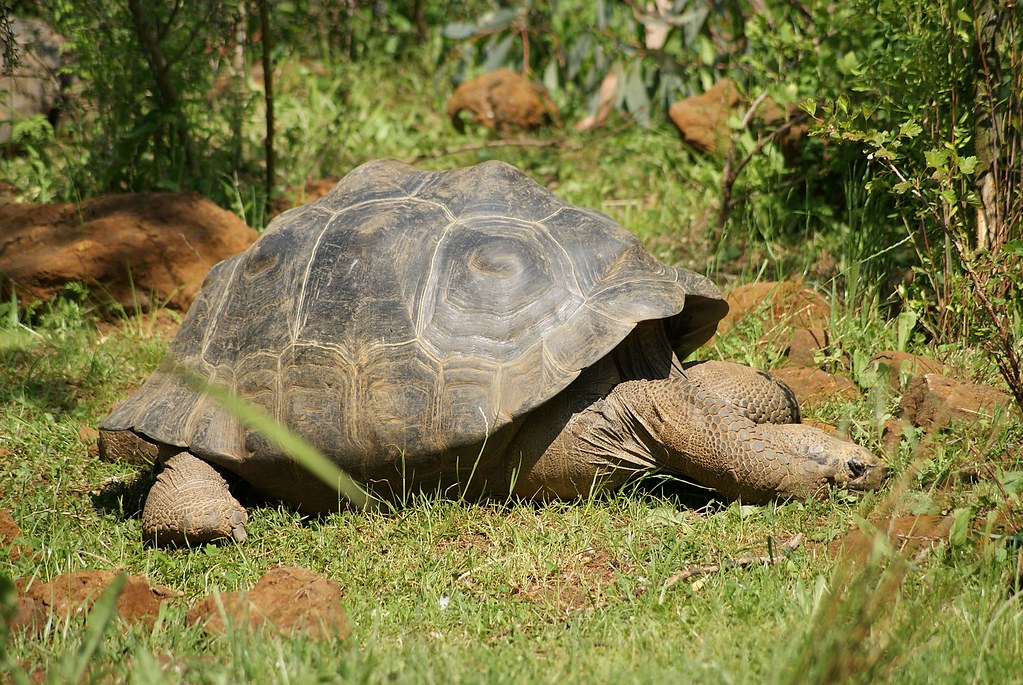
Substrate selection plays a vital role in successful hibernation by maintaining appropriate moisture levels and providing burrowing opportunities. For most terrestrial species, a mixture of slightly dampened leaves, chemical-free soil, and sphagnum moss creates an ideal environment. The substrate should never be wet enough to drip when squeezed, as excess moisture can lead to shell rot and respiratory infections. For box turtles, a deeper substrate layer allows for natural burrowing behavior. Aquatic species hibernating in refrigerators need minimal water—just enough to keep the skin and shell hydrated without drowning risk. Always use clean, pesticide-free materials to avoid introducing toxins that could harm your reptile during its vulnerable hibernation state.
Achieving and Maintaining Proper Temperature
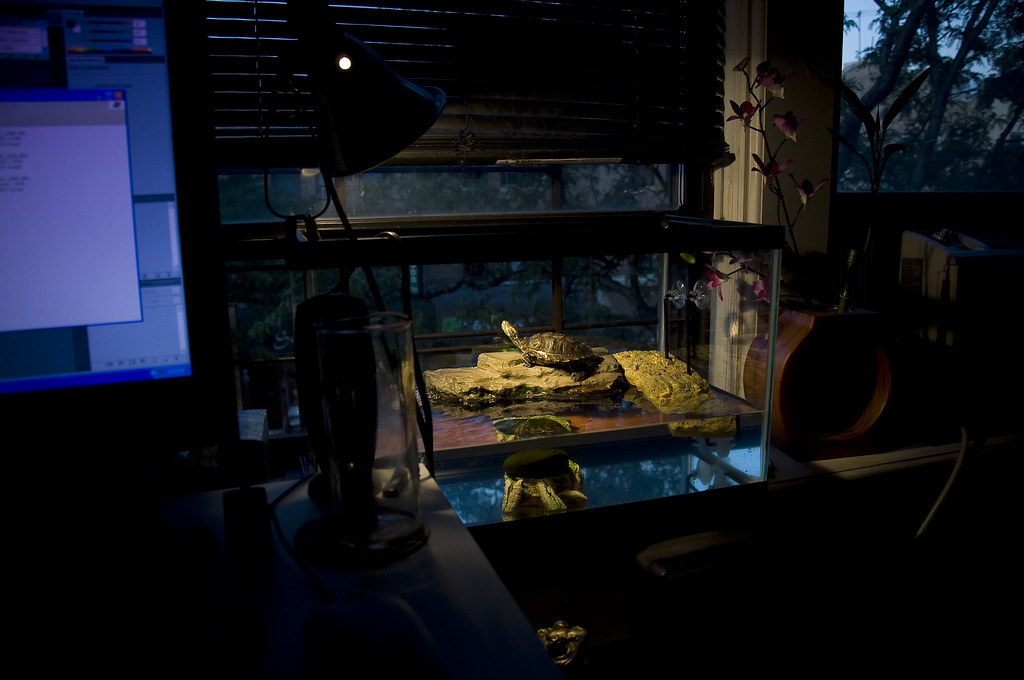
Temperature control represents the most critical aspect of safe hibernation, requiring careful monitoring and management. Most temperate species hibernate safely between 4-10°C (39-50°F), with 5°C (41°F) often considered ideal for many species. Temperatures below freezing can cause fatal ice crystal formation in tissues, while temperatures above 10°C (50°F) may cause the animal to become partially active without feeding, depleting vital energy reserves. Digital thermometers with maximum/minimum recording capabilities should be used to monitor temperature fluctuations. If using a refrigerator, perform regular calibration checks of the internal temperature at different points to identify any cold or warm spots. Temperature stability matters as much as the actual reading—rapid fluctuations can trigger arousal from hibernation and waste precious energy reserves.
Monitoring Hibernation Weight Loss
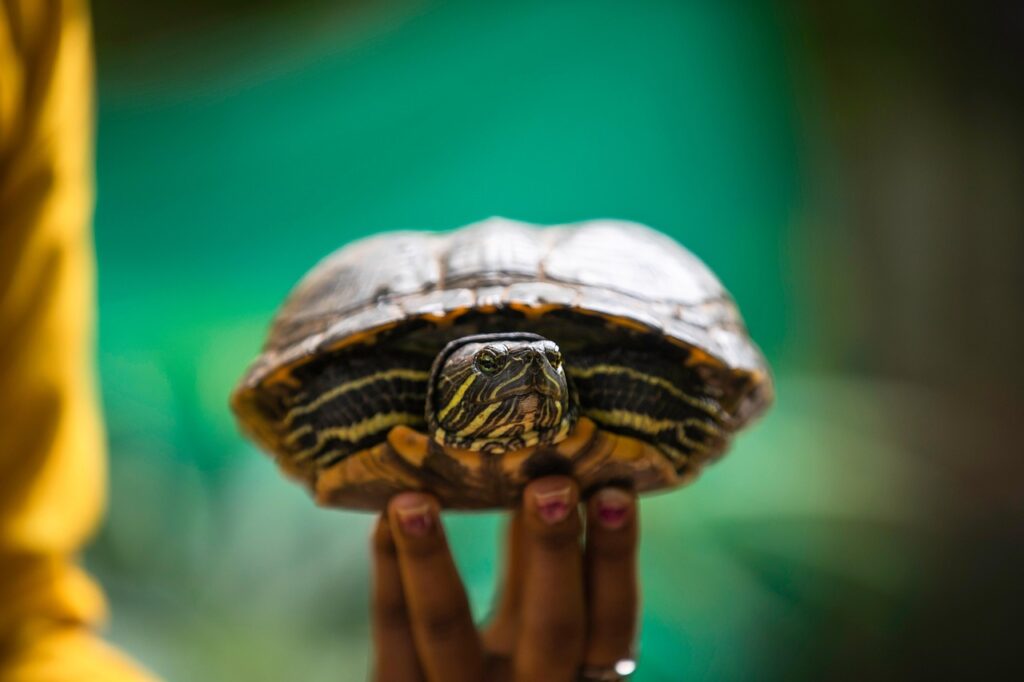
Weight loss during hibernation is normal but must be carefully monitored to prevent dangerous depletion of energy reserves. Healthy hibernating turtles and tortoises typically lose between 1-10% of their body weight over the hibernation period, depending on species and duration. Establish a regular weighing schedule—typically every 2-4 weeks—recording each measurement to track trends. Excessive weight loss (more than 10%) indicates a problem requiring immediate veterinary consultation. To weigh your animal during hibernation, gently remove it from the hibernaculum, quickly record its weight on a digital scale, and return it promptly to minimize disruption. Always disinfect the scale before and after weighing to prevent potential cross-contamination if you have multiple animals.
Managing Hibernation Duration Based on Species
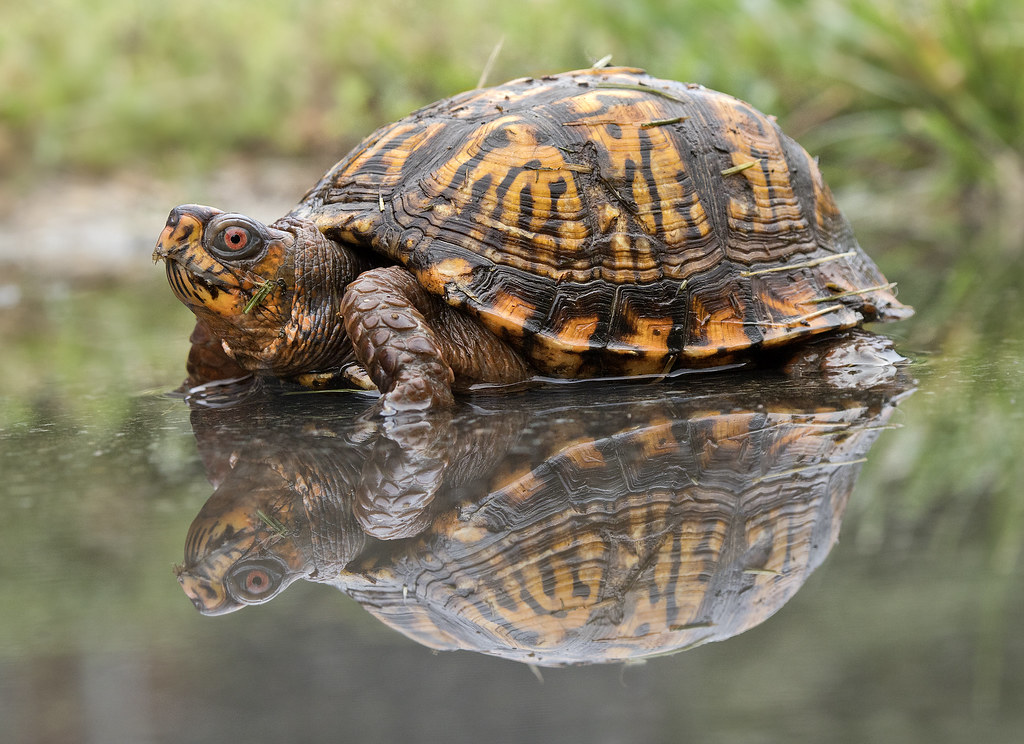
Hibernation length should be tailored to the species, age, and health status of each individual animal. Adult Mediterranean tortoises typically hibernate for 3-5 months, while North American box turtles may hibernate for 2-4 months in captivity. Juveniles should generally experience shorter hibernation periods than adults, with many experts recommending no hibernation at all during their first year. Some keepers follow a guideline of one month of hibernation per year of age until the animal reaches adulthood. Climate adaptations also matter—tortoises from warmer regions like Southern Greek tortoises (Testudo graeca ibera) typically hibernate for shorter periods than those from cooler climates like Hermann’s tortoises (Testudo hermanni).
Preventing Dehydration During Dormancy
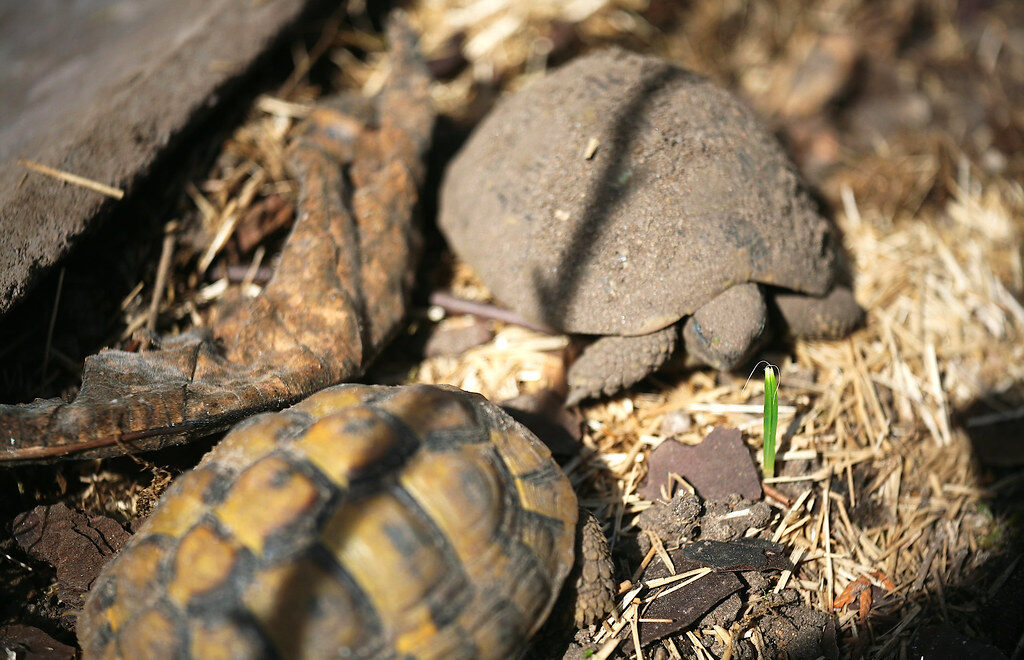
Dehydration poses a significant risk during hibernation and can lead to kidney damage and other health complications. Even during dormancy, turtles and tortoises lose moisture through respiration and permeable skin areas. To combat this, the hibernation substrate should maintain appropriate humidity without becoming waterlogged. Many experienced keepers offer occasional shallow water soaks during hibernation—typically once monthly for 15-30 minutes in lukewarm water. These brief hydration sessions can be performed during regular weight checks to minimize handling. For aquatic turtles hibernating in refrigerators, ensure sufficient water covers their lower shell while keeping the head area accessible for breathing.
Signs of Hibernation Problems Requiring Intervention
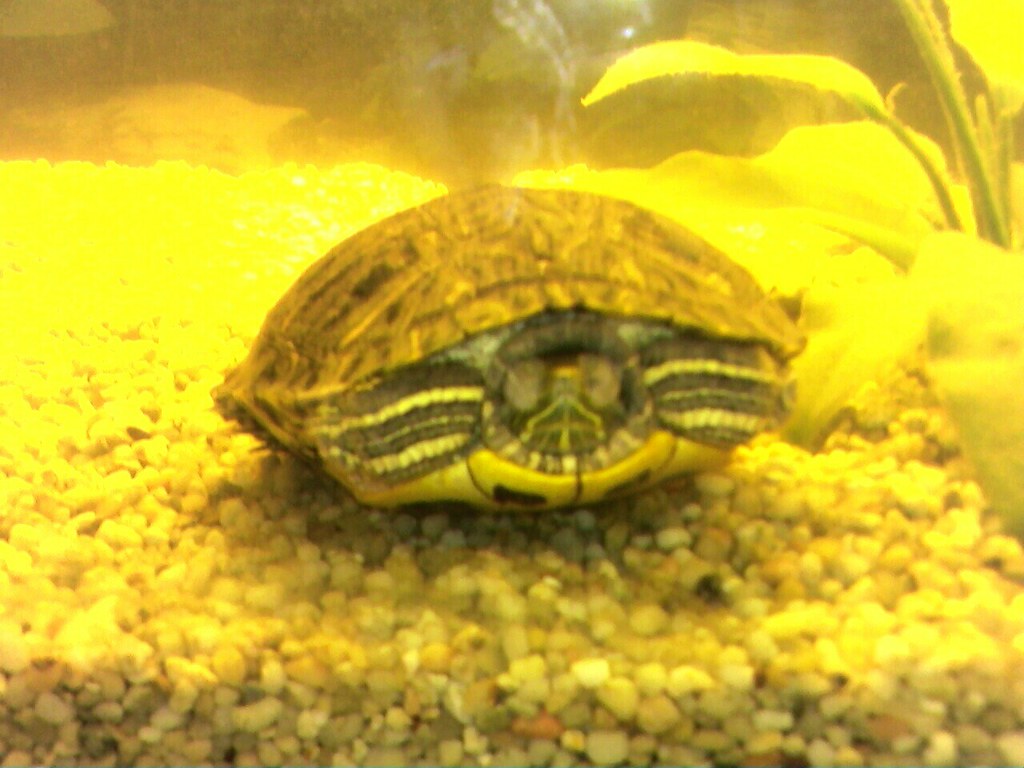
Vigilance for hibernation complications can mean the difference between life and death for your shelled companion. Warning signs requiring immediate intervention include open-mouth breathing, unusual discharges from eyes or nose, foul odors, abnormal positioning, excessive weight loss, or unresponsiveness when gently disturbed. Bubbling sounds during respiration indicate a possible respiratory infection requiring veterinary treatment. If hibernating in groups (which many experts discourage), check for signs of crowding or stacking that could lead to suffocation. Any turtle or tortoise showing problematic symptoms during hibernation should be gradually warmed and taken to a reptile-experienced veterinarian immediately.
Properly Waking Turtles and Tortoises from Hibernation
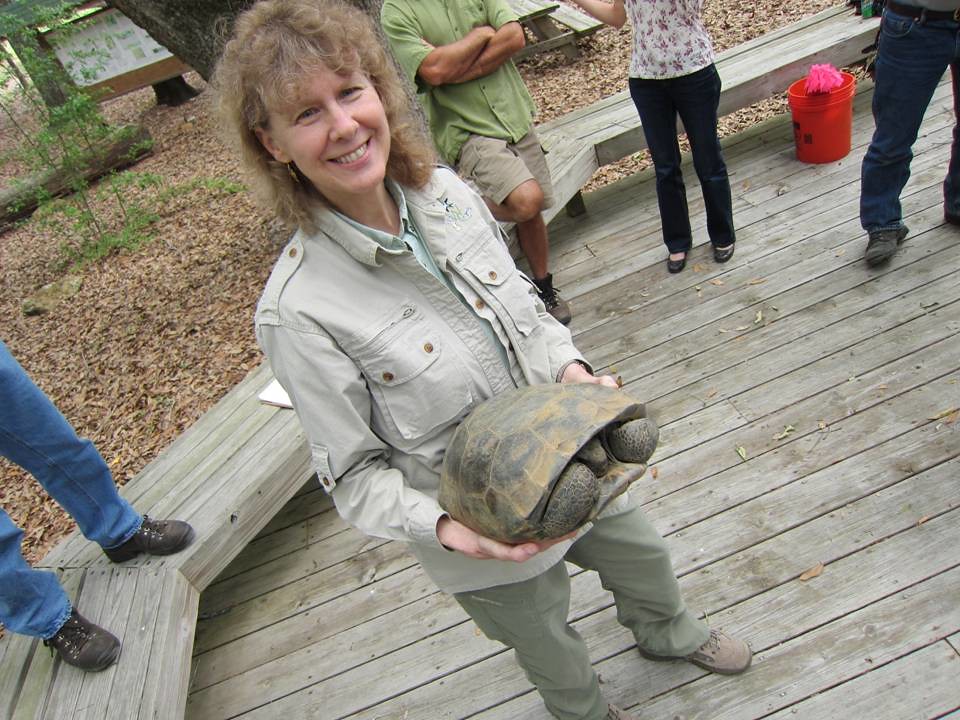
The awakening process should be gradual to allow physiological systems to resume normal function safely. Begin by moving the hibernaculum to room temperature (around 18-21°C/65-70°F) for 24-48 hours before removing the animal from its hibernation substrate. Once removed, place the animal in a controlled environment with appropriate temperature gradients for the species, gradually introducing proper UVB lighting over several days. Offer a warm water soak to help stimulate hydration and elimination of waste products that accumulated during hibernation. Most animals will not eat immediately after hibernation—this is normal and may take up to two weeks before appetite returns fully. Closely monitor behavior, activity levels, and weight during this transition period to ensure a healthy recovery.
Special Considerations for Juvenile Turtles and Tortoises
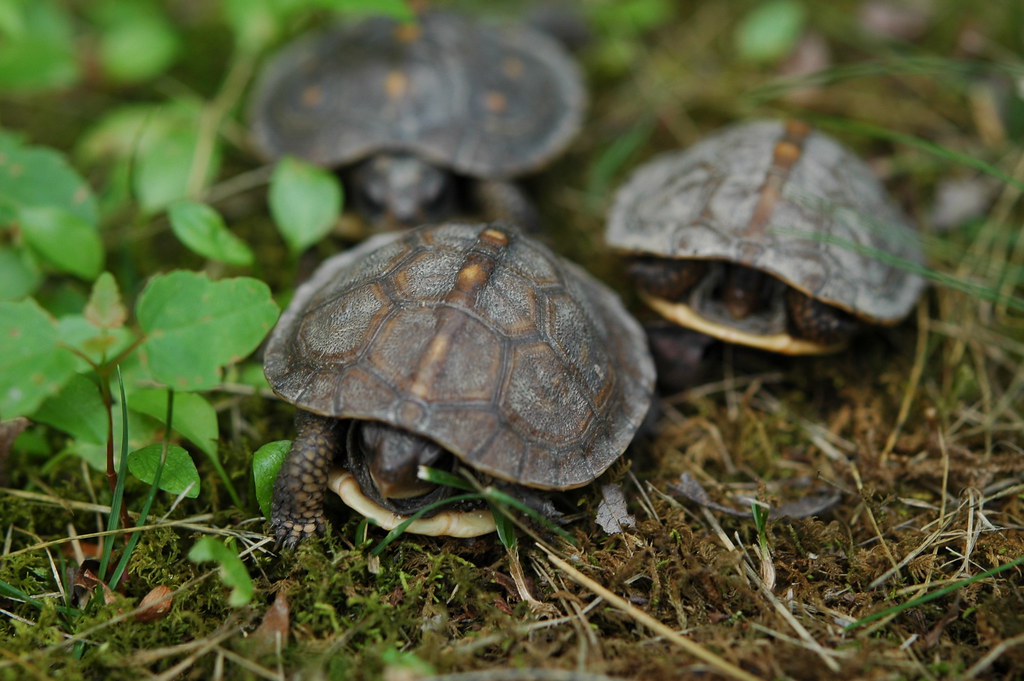
Young turtles and tortoises require special attention when it comes to hibernation practices due to their smaller size and reduced energy reserves. Many experts recommend avoiding hibernation entirely during the first year of life, allowing juveniles to grow continuously instead. If hibernation is deemed appropriate for older juveniles, the period should be significantly shorter than for adults—typically no more than 6-8 weeks. Temperature control becomes even more critical for smaller animals, as they are more susceptible to temperature fluctuations and dehydration. More frequent monitoring of weight and condition is essential for juveniles, ideally checking them weekly rather than monthly. Some species show better growth and development when not hibernated until reaching at least 60% of their adult size.
Alternatives to Full Hibernation
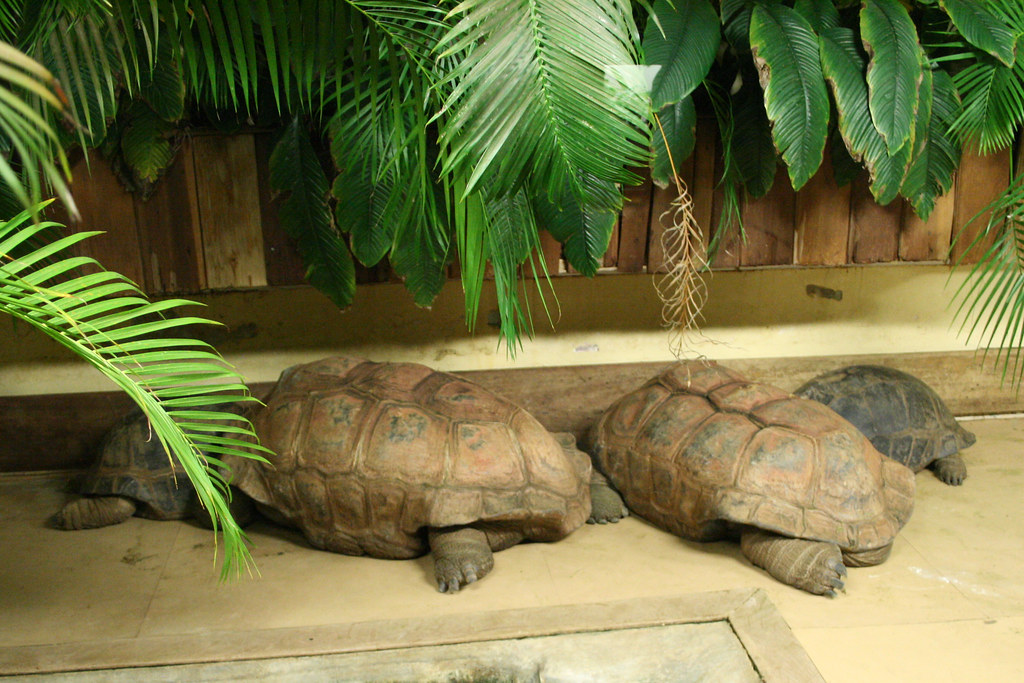
When full hibernation isn’t appropriate due to health concerns or tropical species requirements, modified approaches can still accommodate seasonal rhythms. “Winter cooling” involves reducing ambient temperatures and daylight hours while still maintaining temperatures well above hibernation levels—typically around 18-21°C (65-70°F). This approach slows metabolism and activity without triggering full dormancy, allowing for reduced feeding and light cycles that mimic natural seasonal patterns. For animals recovering from illness or injury, maintaining normal temperatures year-round while adjusting light cycles can provide necessary stability for healing. Some keepers of temperate species who choose to skip hibernation will still reduce feeding frequency during winter months to better match natural seasonal patterns, even while maintaining full heat and light.
Post-Hibernation Health Monitoring
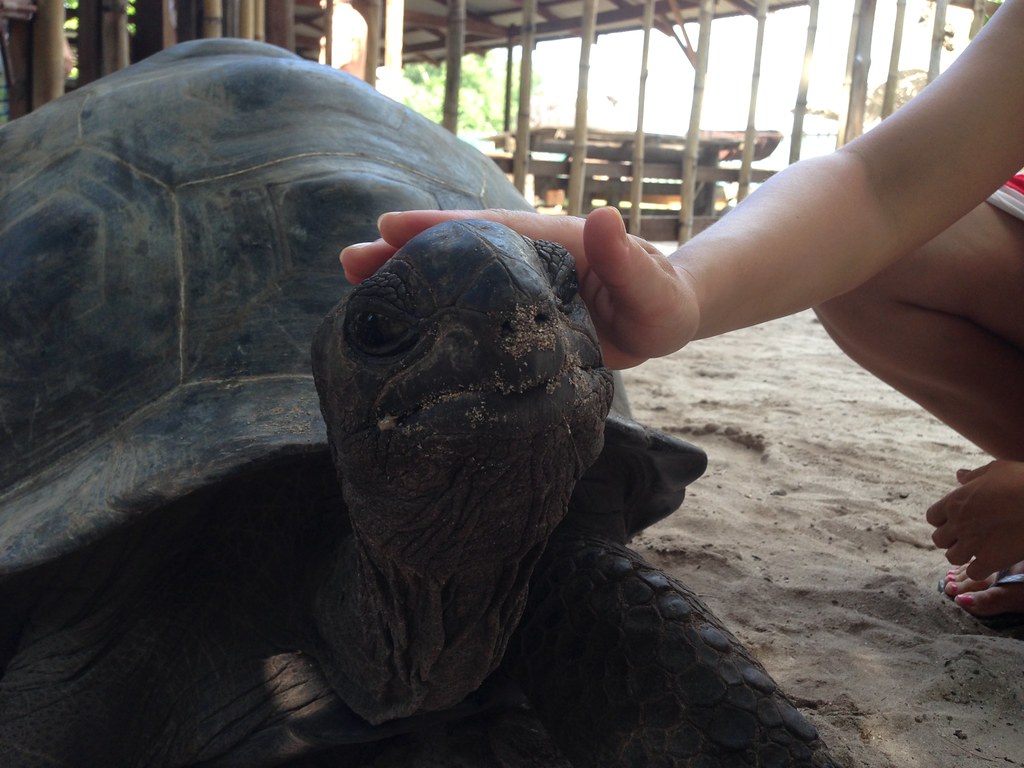
The weeks following hibernation represent a critical period requiring careful observation and potential intervention. Schedule a post-hibernation veterinary check-up to ensure your animal has emerged healthy and to address any concerns promptly. Monitor elimination carefully—the first bowel movements after hibernation often contain concentrated waste products and should happen within 1-2 weeks of waking. Weight recovery should begin within 3-4 weeks as the animal resumes regular feeding. Be alert for signs of post-hibernation anorexia, a condition where animals fail to resume feeding, which may require veterinary assistance including fluid therapy or assisted feeding. Many species show breeding behaviors shortly after hibernation, so be prepared for increased activity, territoriality, or reproductive behaviors in mature animals.
Hibernation represents one of the most challenging aspects of chelonian husbandry, requiring careful preparation, vigilant monitoring, and species-specific knowledge. When managed correctly, it supports the natural biological cycles these remarkable animals have evolved over millions of years. By understanding the science behind hibernation and implementing these best practices, turtle and tortoise keepers can provide safer, more natural conditions for their pets during winter months. Remember that each animal is an individual—what works perfectly for one might need adjustment for another, even of the same species. Always consult with experienced veterinarians and fellow keepers when establishing your hibernation protocols, and keep detailed records to refine your approach year after year.

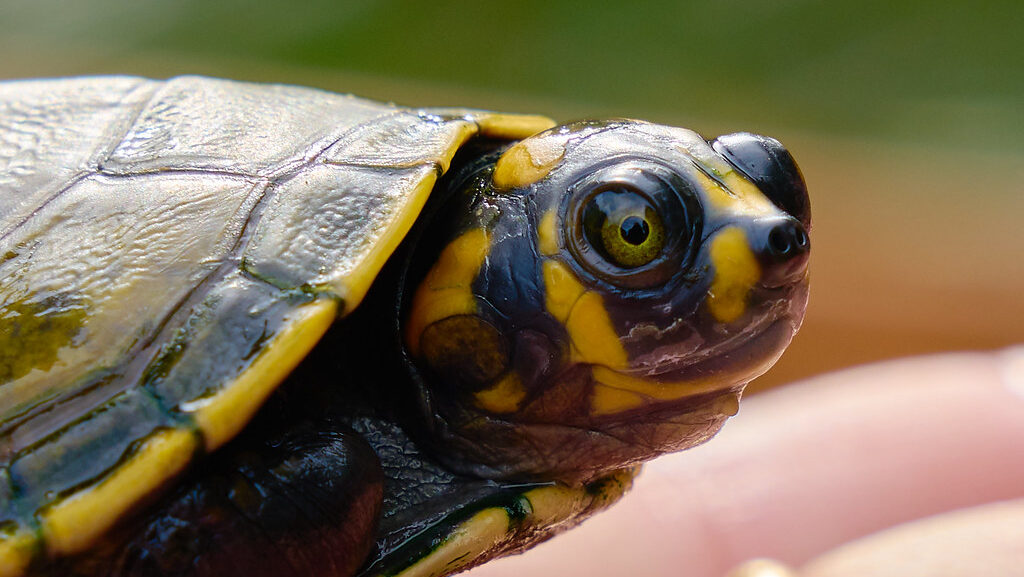
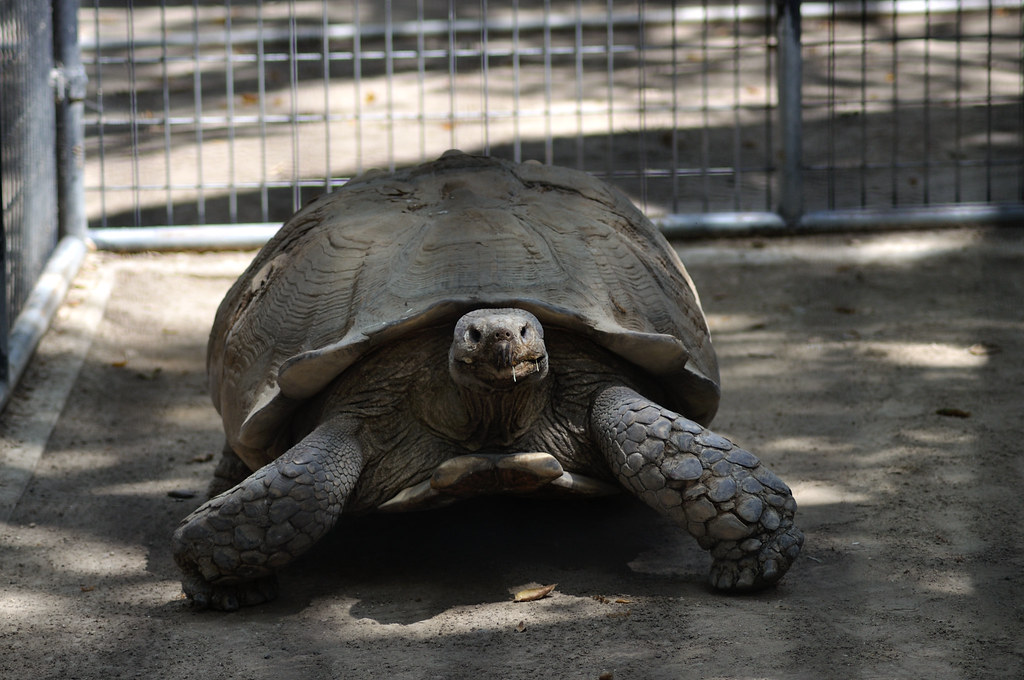
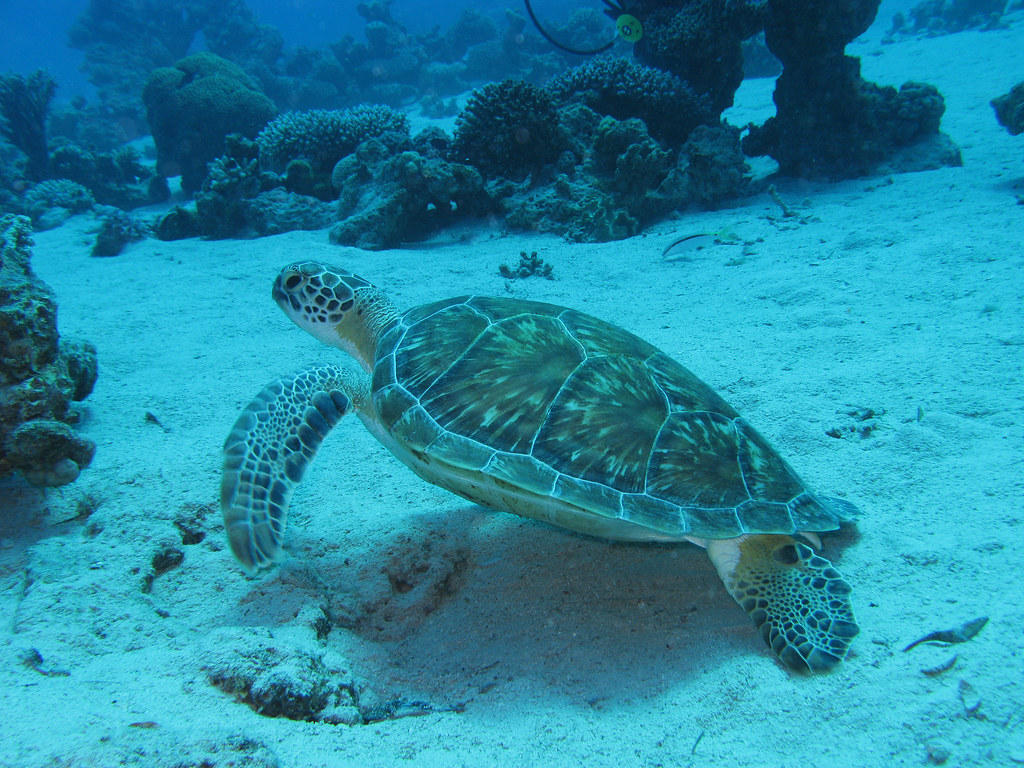
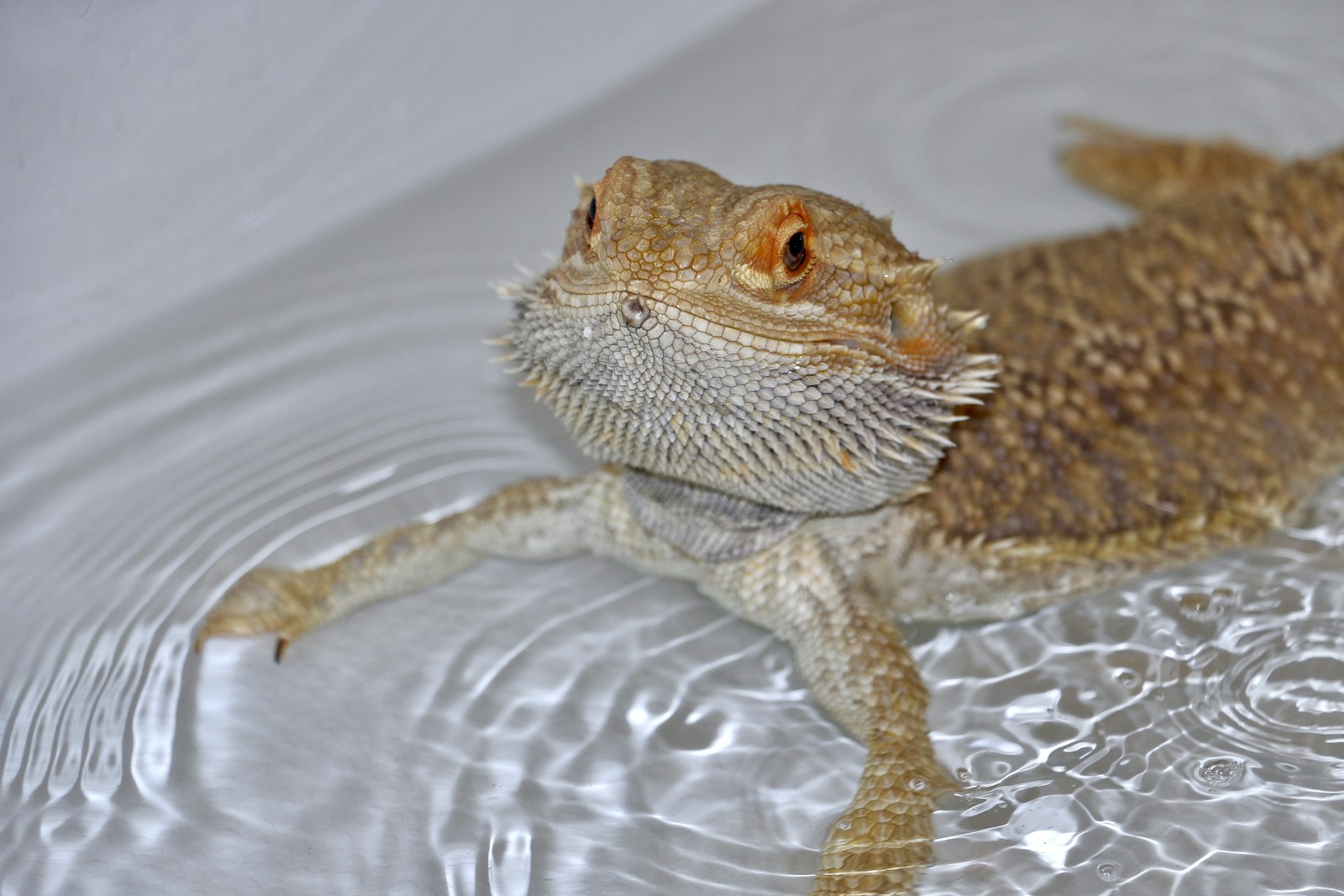
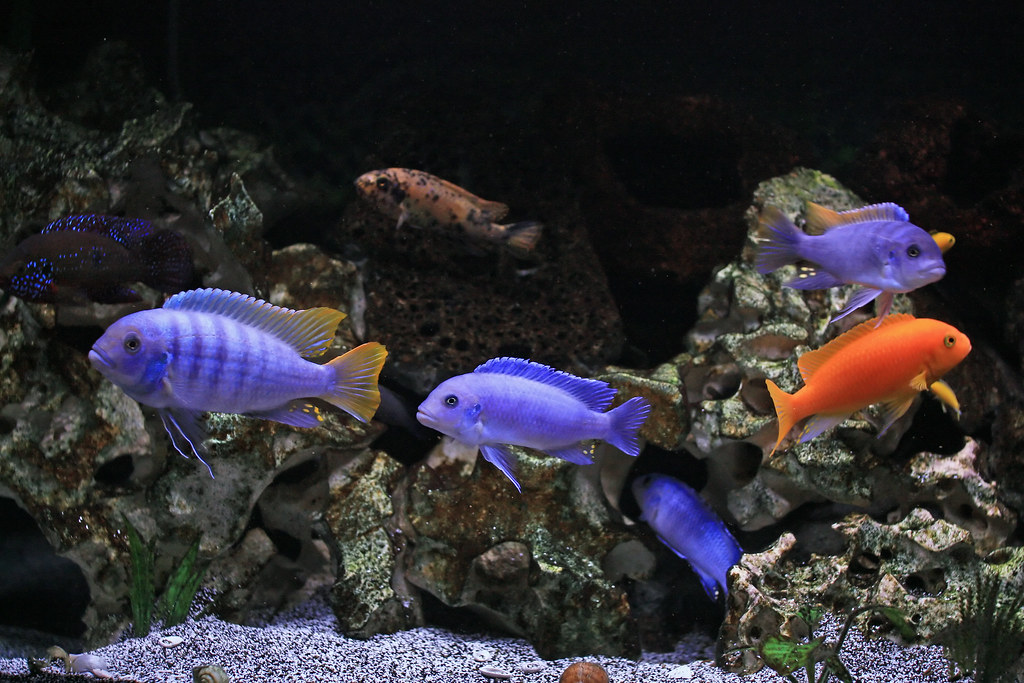
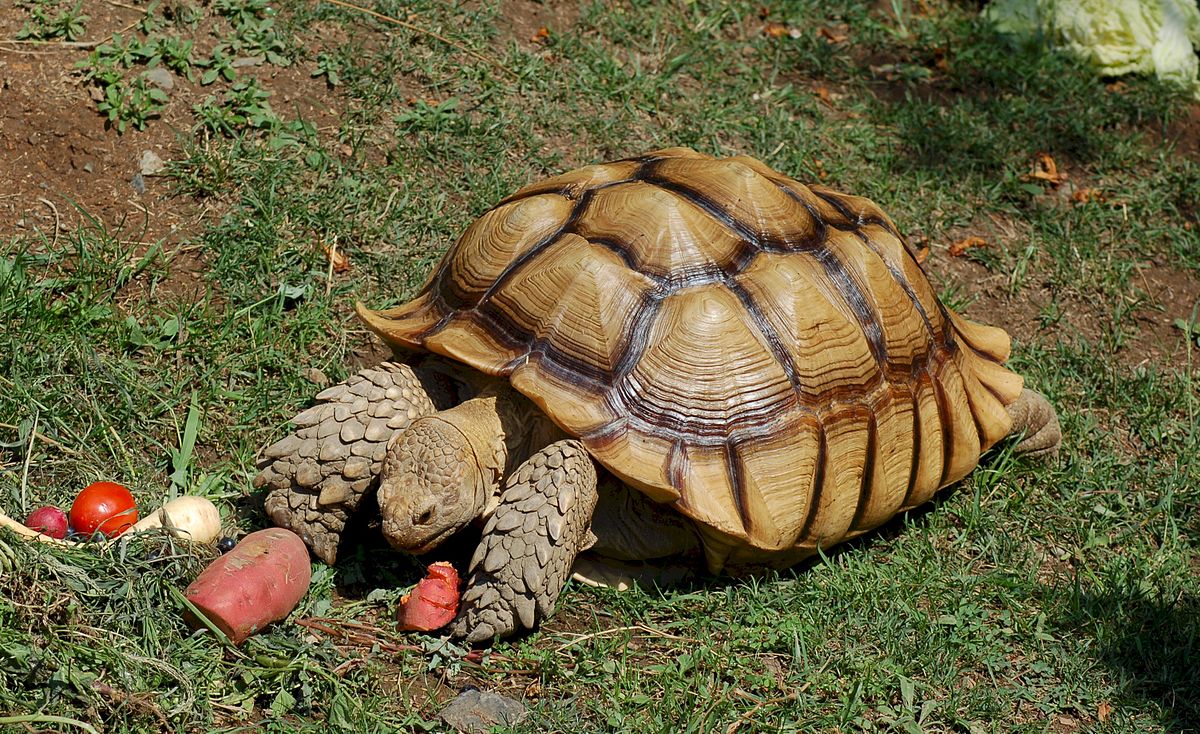
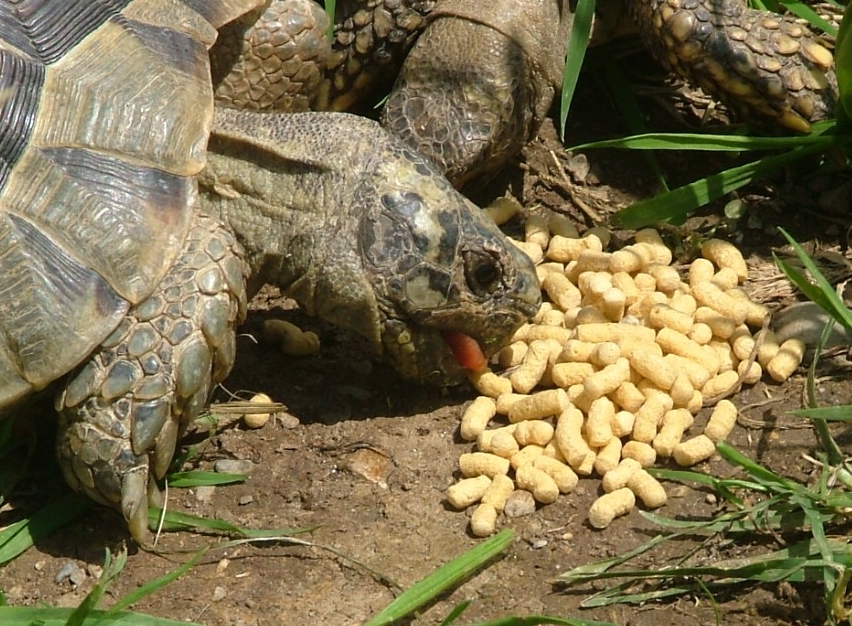
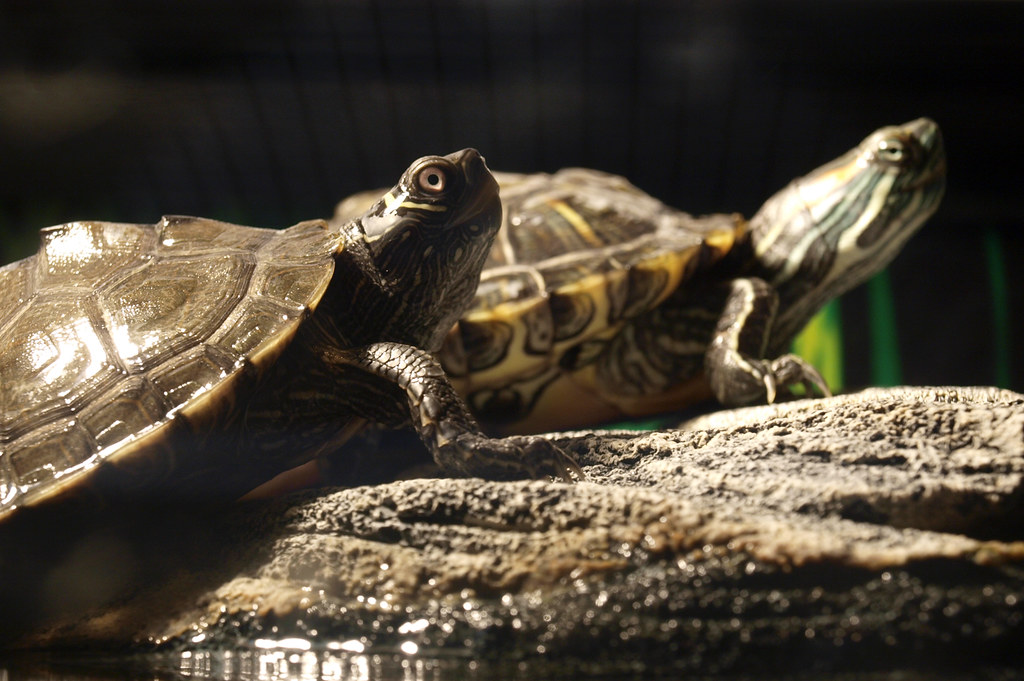
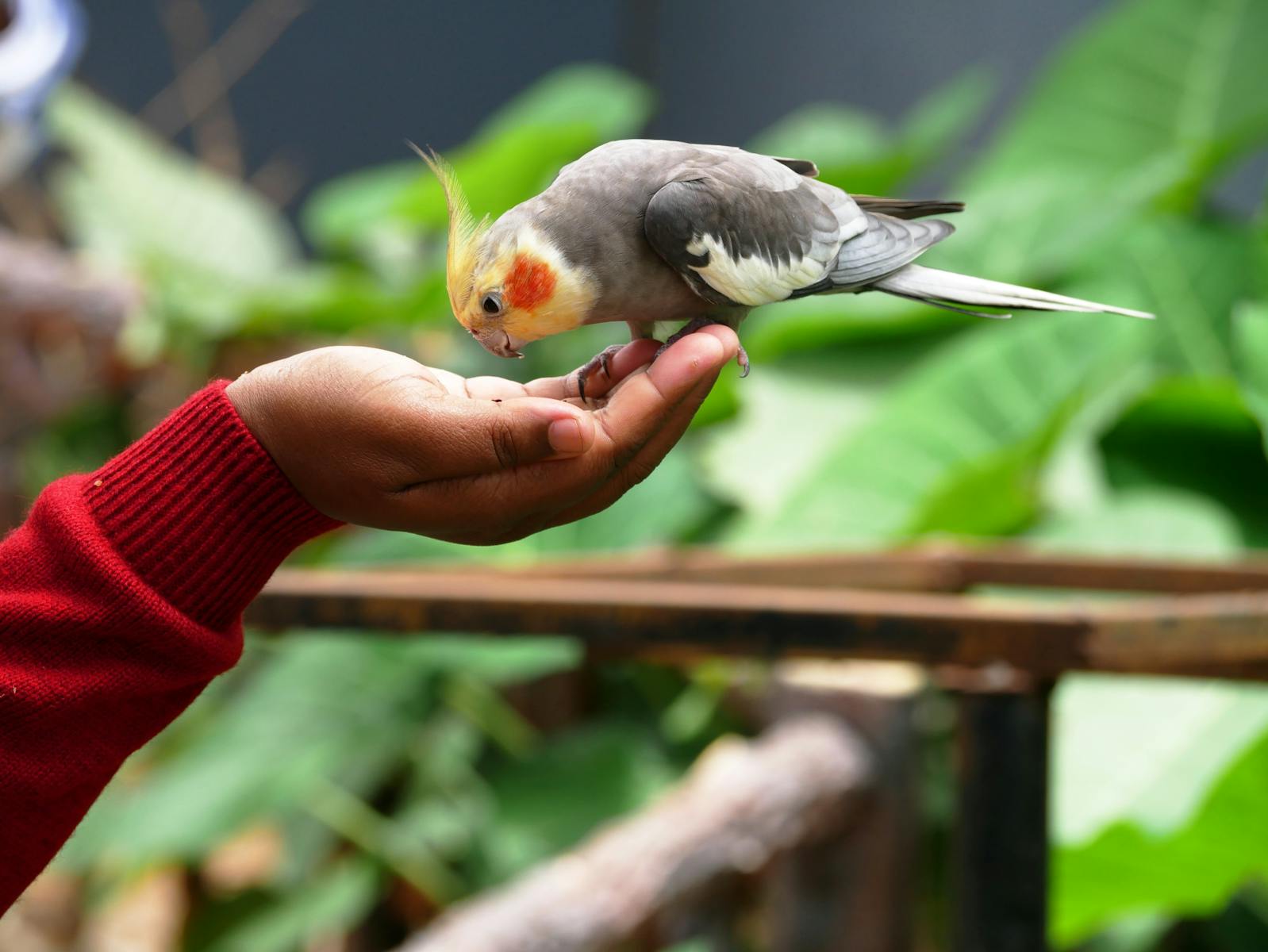
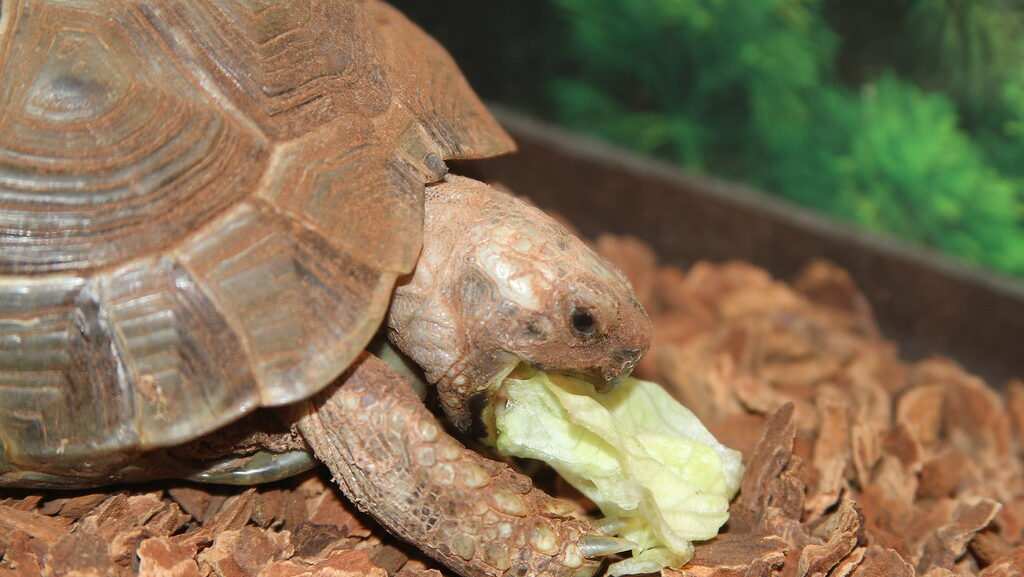




Leave a Reply